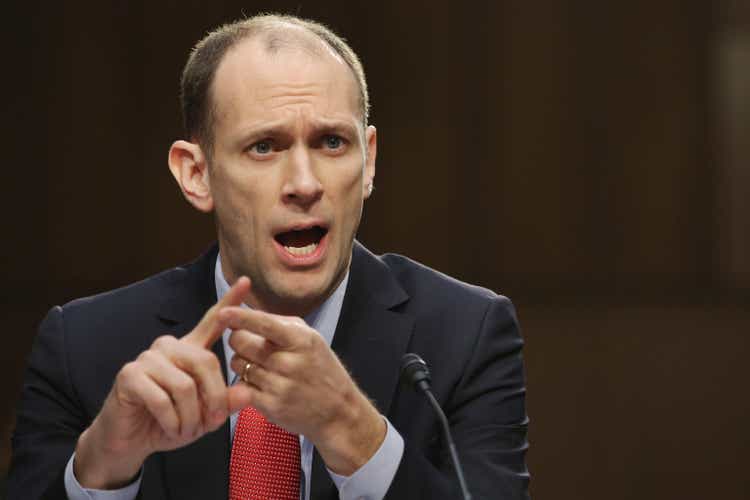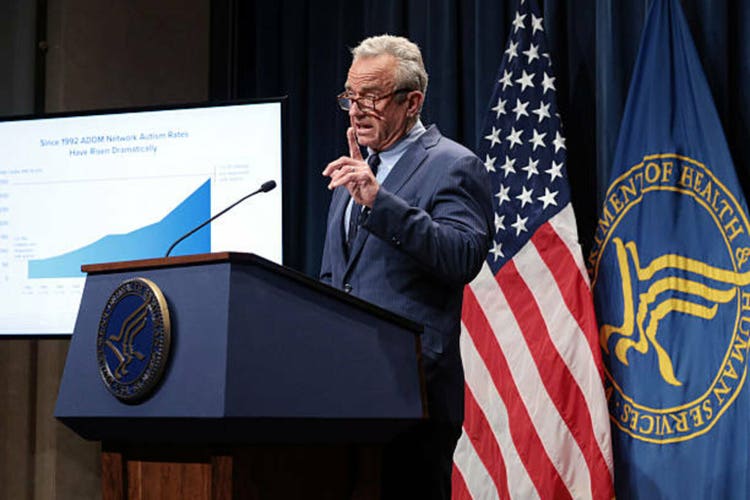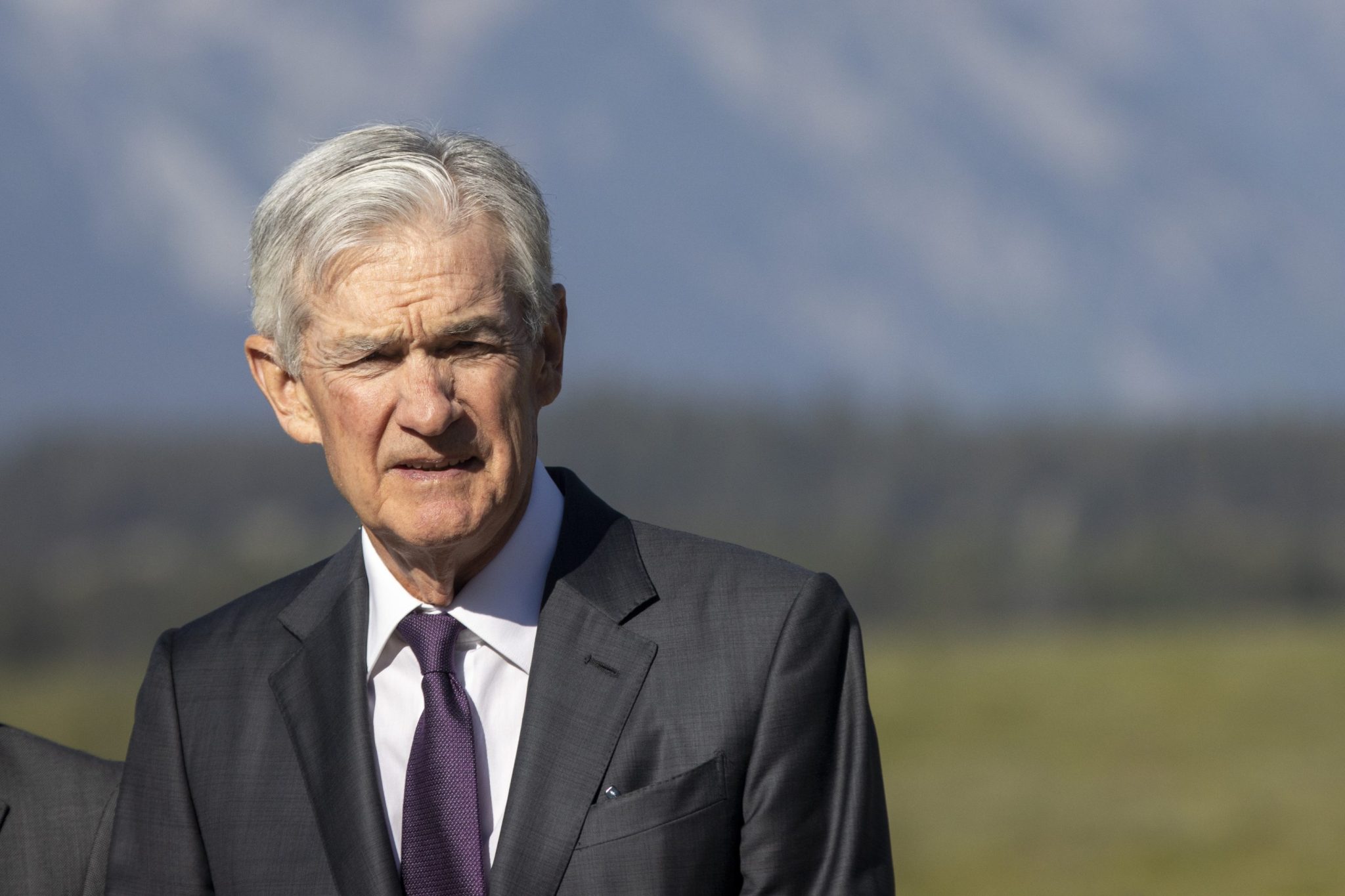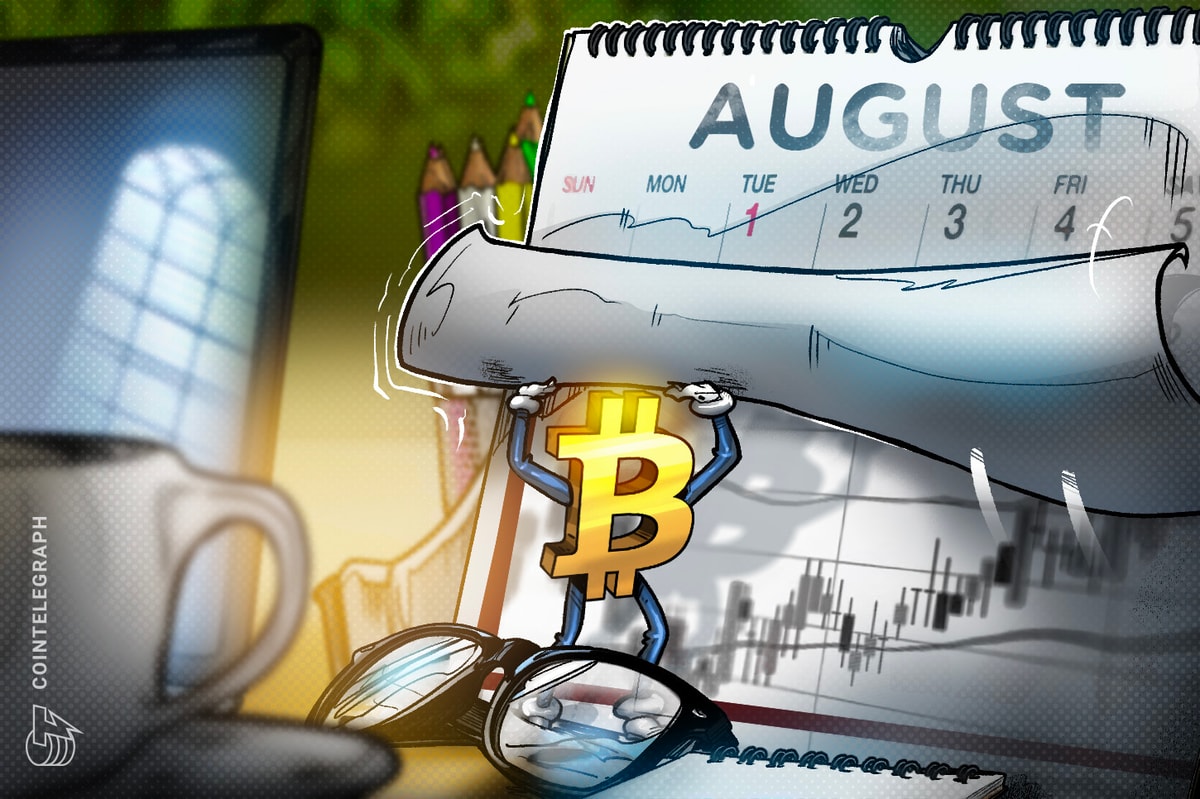Unemployment in the US worsened to 4.3 per cent in August, from 4.2 per cent in the previous month, according to official data released on Friday. The sequential increase in joblessness comes amid growing concerns about US President Donald Trump's tariff policy hurting the world's largest economy.
Here are 10 key takeaways from this development:
- According to the data from the US Bureau of Labor Statistics (BLS), approximately 7.4 million individuals are classified as unemployed, little changed from the previous months.
- In August, total nonfarm payroll employment registered near-standstill movement, recording just 22,000 jobs.
- Gains were noted in the health care sector, which were, however, offset by losses in the federal government, mining, and oil and gas extraction industries.
- Labour force participation remained steady at 62.3 per cent, and the employment-population ratio also stood still at 59.6 per cent.
ALSO READ: US economy on brink of recession, says Moody's Chief Economist
- There was little or no change in the unemployment rates among different groups within the population.
- Unemployment rates for adult men were at 4.1 per cent, while adult women had a rate of 3.8 per cent.
- The rate for teenagers climbed to 13.9 per cent.
- The long-term unemployed -- used to describe those without work for 27 weeks or more -- stood still at 1.9 million persons or 25.7 per cent of the total unemployed population.
- Estimates indicate that the US economy should add from 50,000 to 75,000 jobs every month to match the working-age population growth.
- The forecast suggests that the rate of unemployment may shoot up to 4.6 per cent by mid-2026.

 4 hours ago
1
4 hours ago
1

















 English (US) ·
English (US) ·